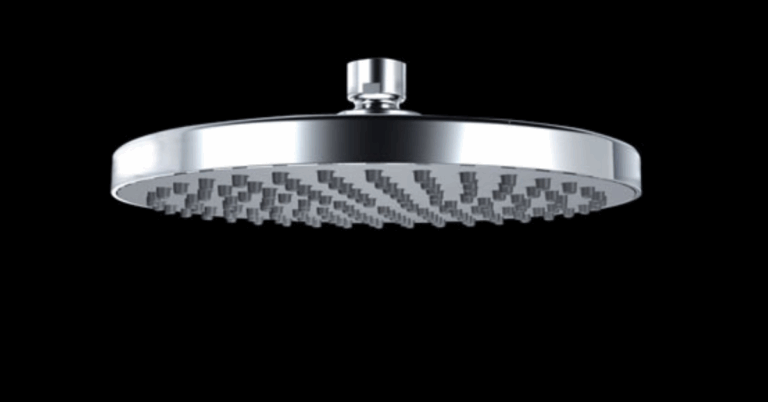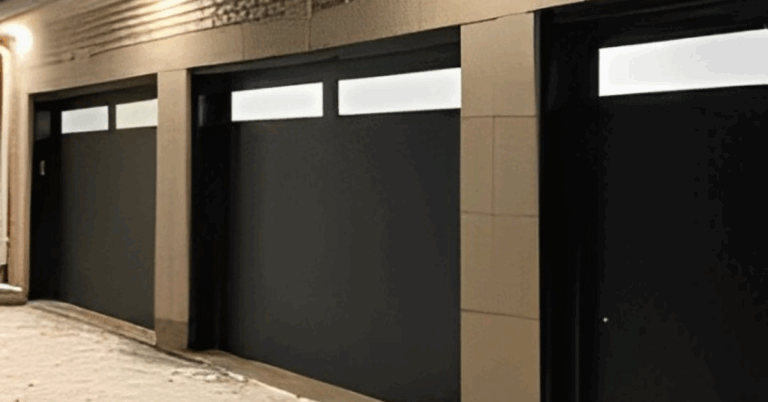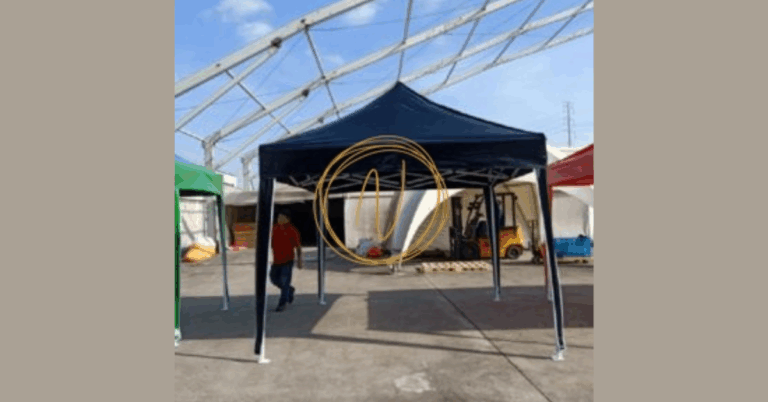Harnessing the Power of High-Volume Low-Speed Fans: A Comprehensive Guide
When you hear the term High Volume Low Speed Fan, what comes to mind? Picture a giant ceiling fan, slowly turning but moving a tremendous amount of air across a wide span. These are known as HVLS (High Volume, Low Speed) fans engineered for efficiency, comfort, and uniform circulation in large indoor and semi-outdoor spaces. Originally popularized in industrial and agricultural settings, they now find applications in commercial and institutional venues as well. In this article, we dive into the workings, benefits, design considerations, and real-world uses of HVLS fans, offering insights to help you evaluate whether one might be the right choice for your space.
What Is a High-Volume Low-Speed Fan?
A High Volume Low Speed (HVLS) fan is a large-diameter fan typically over 7 feet (roughly 2 meters) across that rotates slowly, often at less than 100 RPM, while circulating a massive volume of air. Rather than pushing air forcefully like small, high-speed fans, HVLS fans rely on sweeping broad air columns that gently drift downward and outwards, creating a “floor jet” of air that radiates horizontally across the room.
Unlike conventional ceiling fans meant for small spaces, HVLS fans are purpose-built for large warehouses, factories, gymnasiums, barns, auditoriums, distribution centers, and other voluminous settings.In many of these environments, installing full-scale HVAC systems can be cost-prohibitive or impractical. HVLS fans offer a more energy-efficient, mechanically simpler alternative that still significantly improves comfort and air distribution.
How HVLS Fans Work: The Principles Behind the Movement
The Blade Design & Low Rotational Speed
HVLS fans use blades (often long, airfoil-shaped) that maximize surface area and aerodynamic efficiency. Because the blades sweep such a large area, even at slow speeds the total volume of moved air is significant. This is more effective than spinning a small fan at high speed, where friction and turbulence reduce net effectiveness.
The key is that a broader, slower-moving column of air experiences relatively less friction per unit volume than a narrow, fast-moving stream. Thus, HVLS fans can transport air farther and more uniformly, with less energy waste.
The Floor Jet & Horizontal Airflow
When the air column generated by the fan reaches the floor, it spreads outward in all directions, creating what’s called a horizontal floor jet. The depth and reach of that jet depend on the fan’s diameter and speed. Larger fans create deeper jets that can cover more area before dissipating.
In effect, an HVLS fan doesn’t create strong winds locally; instead, it sets up a gentle and pervasive airflow field that mixes the air in the room, reduces hot and cold stratification, and keeps ambient conditions more even and comfortable.
While HVLS fans don’t lower the room’s air temperature (unlike air conditioners), they enhance thermal comfort by increasing air velocity around occupants. This boosts evaporative heat loss from skin, thereby making people feel cooler even if the air temperature stays the same.
In warmer conditions, this evaporation-driven effect can reduce perceived temperature by several degrees without heavy energy use.
Destratification & Year-Round Benefits
Hot air naturally rises, leading to temperature stratification warm at ceiling level, cooler near the floor. In many tall structures, that can lead to energy waste and uneven comfort. HVLS fans, when run in a reverse or low-speed mode, help destratify the air: they gently push warmer air downward and bring cooler air upward to mix.
During colder months, this mixing helps reduce heating requirements by minimizing the temperature gap between ceiling and floor zones. Thus, HVLS fans deliver utility all year long, not just in hot conditions.
Benefits of Deploying HVLS Fans
-
Energy Efficiency & Cost Savings
Operating a large fan at low speed typically consumes far less electricity than powering large HVAC units or multiple smaller fans. Because HVLS fans help circulate air evenly, they reduce the need for overcooling or overheating specific zones, which translates to operational cost savings. -
Improved Comfort & Productivity
Better air movement helps reduce heat stress and improves occupant comfort, which can lead to higher productivity in work settings. In agricultural settings, research has shown improved livestock welfare and output. -
Consistent Temperature Distribution
By eliminating hot spots and cold pockets, HVLS fans help maintain an even temperature profile, which can protect stored goods or sensitive equipment. -
Reduced Humidity and Better Air Quality
The airflow helps reduce relative humidity and discourages stagnant zones where dust or mold can thrive. -
Low Maintenance & Longevity
Many HVLS fans are designed with direct drive motors (no gears) or with well-protected mechanical parts, reducing maintenance needs. -
Quiet Operation
Because they spin slowly and smoothly, HVLS fans operate quietly compared to small, high-speed fans or industrial blowers.
Design & Selection Considerations
Choosing and deploying HVLS fans involves more than just picking a large fan. To get the most out of the installation, consider the following:
Ceiling Height & Ceiling Structure
HVLS fans need sufficient clearance below the blades to operate safely and to form an effective airflow column. The structural capacity of the ceiling (joists, beams, etc.) must also support the fan’s load, including dynamic forces.
Diameter & Number of Fans
Bigger isn’t always better the layout, obstructions, and shape of the space matter. In many large facilities, multiple smaller HVLS fans spaced strategically outperform a single giant fan. Computational Fluid Dynamics (CFD) or airflow modeling is often used to optimize placement.
Motor Drive & Control Strategy
Modern HVLS systems use variable frequency drives (VFDs), allowing speed variation, soft starts, and better control. Some systems integrate with building automation systems or allow remote scheduling and adjustment.
Safety and Certification
Because of their size and mechanical load, HVLS fans must comply with structural safety, certification standards, and fail-safe measures (e.g. safety cables, redundant mounts).
Seasonal Modes & Reverse Operation
To fully capitalize on year-round utility, the fan controller should support both forward and reverse rotation, as well as low-speed modes to support both cooling (summer) and destratification (winter).
Applications & Real-World Use Cases
Warehouses and Distribution Centers
Warehouses are among the most common adopters of HVLS fans. These structures often have high ceilings, few internal walls, and a large volume of unused air above the work zone. HVLS fans can significantly reduce temperature stratification and improve worker comfort — without the high cost of large-scale air conditioning.
Manufacturing & Industrial Facilities
In factories or production areas, proper airflow helps remove stagnant air, disperse fumes, and moderate thermal zones among machinery. With HVLS fans, operators often see reductions in localized overheating, better safety, and more consistent conditions for processes.
Agricultural and Livestock Buildings
HVLS fans were first widely used in agricultural settings such as dairy barns, poultry houses, and greenhouses. Proper airflow helps regulate animal stress, reduce humidity, prevent disease spread, and maintain better environmental conditions for growth and production.
Gymnasiums, Auditoriums & Educational Spaces
These large, open venues benefit from improved occupant comfort and reduced hot spots. HVLS fans help distribute conditioned air more evenly and reduce ceiling-to-floor temperature gradients.
Retail Centers & Large Open Commercial Spaces
Big-box stores or malls often have high ceilings and large air volumes. HVLS fans enhance air movement, reduce reliance on HVAC, and improve the shopping environment for both customers and staff.
Cold Storage or Controlled Environments
In conjunction with cooling equipment, HVLS fans can help maintain uniform temperature distribution, reducing the load on cooling equipment and preventing localized freeze or thaw zones.
Challenges & Possible Limitations
-
Initial Capital Cost: Large HVLS units and mounting infrastructure may demand significant upfront investment, though ROI is often favorable over time.
-
Structural Requirements: Not every facility is equipped to support the weight and torque loads of a large ceiling fan without reinforcement.
-
Obstructions & Layout Constraints: Beams, lighting, HVAC ductwork, and vertical obstructions can interfere with air column paths or necessitate custom placements.
-
Noise Concerns in Sensitive Spaces: Although relatively quiet, in noise-sensitive settings (studios, recording rooms) care must be taken in selecting quiet models and isolating vibrations.
-
Optimal Operation Requires Careful Tuning: Mis-sized or poorly placed fans may cause dead zones or inefficient circulation — modeling and expert design matter.
ROI & Energy Considerations
Many case studies show that HVLS fans can pay for themselves via energy savings, especially when they allow operators to raise thermostat set points or reduce reliance on auxiliary cooling systems.
Because they run on relatively low power, continuous operation over months yields significant dividends. The destratification benefits in winter can also reduce heating costs by reclaiming otherwise wasted warm air near ceilings.
In sum, the lifecycle economics of HVLS fans often compare favorably to traditional HVAC upgrades or extensive ducting.
Best Practices for Installation & Operation
-
Conduct a site survey and airflow modeling (e.g. CFD) before specifying fan size and locations.
-
Ensure sufficient blade clearance and structural support, including mounting hardware rated for loads and dynamic stress.
-
Use variable speed drives and schedules to adjust fan speed based on occupancy or ambient temperature.
-
Employ reverse/destratification modes in cooler months to recirculate warm air downward gently.
-
Regularly inspect and maintain blades, motor, and mounts to avoid imbalances or safety hazards.
-
Integrate with building automation for coordinated control with HVAC, ventilation, and occupancy sensors.
-
Monitor energy use and comfort metrics to validate performance and adjust as needed.
Conclusion
High Volume Low Speed (HVLS) fans bring a powerful combination of airflow efficiency, thermal comfort enhancement, energy savings, and year-round utility to large spaces. Their design philosophy — sending a broad, gentle column of airflow across a vast span — sets them apart from traditional fans. With thoughtful planning, structural preparation, and control strategy, HVLS fans can transform warehouses, factories, barns, gymnasiums, and commercial structures into more comfortable, efficient, and productive environments.







